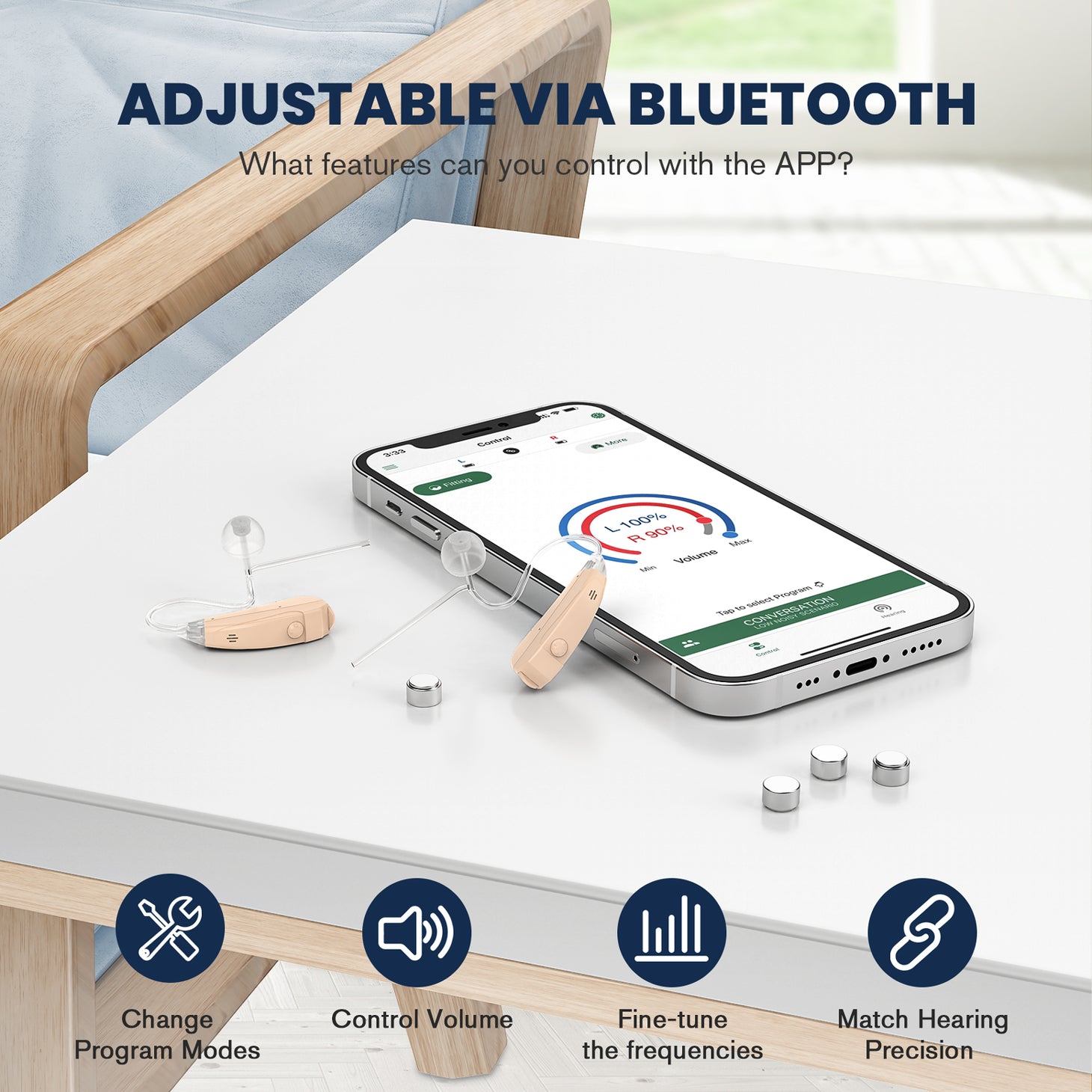As technology continues to advance, the future of hearing aids is being revolutionized by rechargeable technology with Bluetooth connectivity. This innovative combination is changing the way individuals with hearing loss experience the world around them, offering greater convenience, functionality, and connectivity than ever before.

Enhanced Convenience and Functionality
Traditional hearing aids often rely on disposable batteries, which can be inconvenient and costly to replace. However, rechargeable hearing aids eliminate the need for frequent battery changes, providing users with a more convenient and sustainable solution. With rechargeable technology, users can simply place their hearing aids in a charging dock overnight, ensuring they are ready to use the next day.
Furthermore, Bluetooth connectivity allows for seamless integration with various devices, such as smartphones, televisions, and audio systems. This connectivity enables users to stream audio directly to their hearing aids, enhancing their listening experience in different environments. Whether they are taking a phone call, watching TV, or listening to music, individuals can enjoy clear, high-quality sound without the need for additional accessories.
Improved Connectivity and Accessibility
Rechargeable hearing aids with Bluetooth connectivity also offer improved connectivity and accessibility. By wirelessly connecting to smartphones and other compatible devices, users can easily adjust settings, control volume, and access additional features through dedicated mobile applications. This level of control and customization empowers users to personalize their hearing experience according to their preferences and specific listening needs.
Moreover, Bluetooth connectivity enables users to participate in phone calls, video conferences, and virtual meetings with greater clarity and ease. By directly streaming audio from their devices to their hearing aids, individuals can engage in conversations and communication activities more effectively, regardless of their location or the presence of background noise.
Technological Advancements and Innovation
The future of hearing aids is characterized by ongoing technological advancements and innovation, particularly in the realm of rechargeable technology with Bluetooth connectivity. Manufacturers are continually refining and expanding the capabilities of these devices, integrating features such as artificial intelligence, machine learning, and sensor-based technologies to enhance performance and user experience.
Furthermore, the development of rechargeable hearing aids with bluetooth connectivity is driving the convergence of hearing assistance and smart technology. As a result, users can benefit from advanced functionalities such as geotagging, activity tracking, and language translation, all seamlessly integrated into their hearing aids. These innovations not only improve the quality of sound and speech comprehension but also contribute to overall well-being and lifestyle enhancement.
Future Outlook and Adoption
Looking ahead, the future of hearing aids with rechargeable technology and Bluetooth connectivity is poised for continued growth and adoption. As awareness of the benefits and capabilities of these devices increases, more individuals with hearing loss are likely to embrace this advanced technology. Additionally, ongoing research and development efforts are expected to further refine and expand the features and performance of rechargeable hearing aids, ensuring that users continue to benefit from the latest advancements in the field.
In conclusion, the future of hearing aids is being reshaped by rechargeable technology with Bluetooth connectivity, offering enhanced convenience, functionality, and connectivity. As these innovative devices continue to evolve, they are set to transform the lives of individuals with hearing loss, providing them with a more immersive and personalized listening experience.








